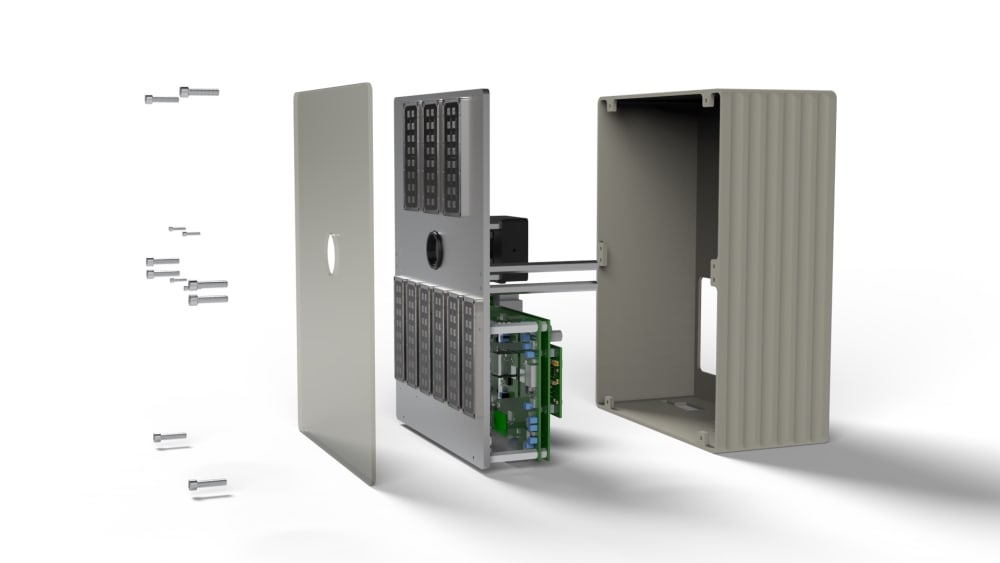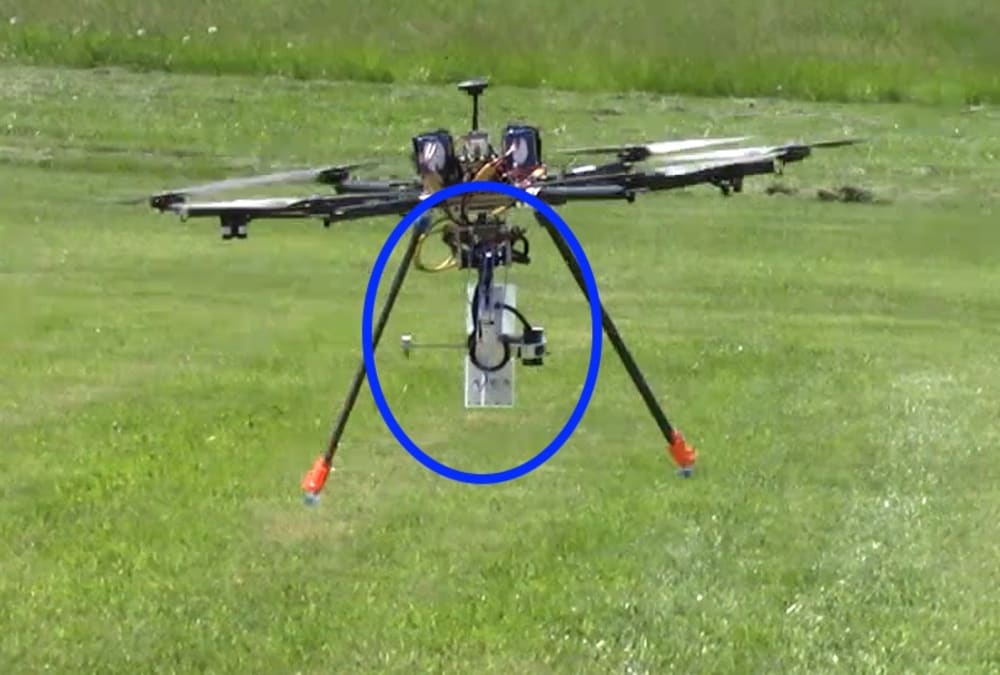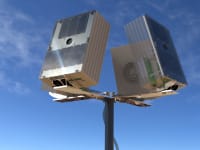
Radars are becoming an increasingly more relevant aspect of people’s daily lives. What was once a technology used solely for defense purposes, is now a common installation in most modern vehicles to help increase safety on the road. The caveat to this detection technology becoming more commonplace is the increase in communication traffic causing interference among radars from other radars or sensors operating in the same bandwidth. This interference can cause false targets causing the vehicle to see obstacles that are not there. GhostWave has developed a radar sensor that helps mitigate the issue of interference. Our radar sensor employs a patented low probability of interference (LPI) and detection (LPD) radar that can be used in numerous different ways.
The technology that helps enable GhostWave’s LPI and LPD characteristics is a patented pseudorandom noise technology that raises the noise floor to decrease the probability of jamming, interference and detection. Current radars on the market utilize a finite number of repetitive signals, where GhostWave utilizes pseudo-random waveforms, transmitting millions of unique signals that will not interfere with other operating radars. GhostWave’s sensor also includes a high resolution image sensor that is optimal for close range detection and identification of objects. The fusion of the imaging sensor as well as the patented radar technology allows for long range target info, velocity and direction data in low visibility situations on top of close range target detection.
GhostWave’s sensor can be used in numerous different industries. Having applications in the automotive industry to help ensure our roads remain safe as the number of radars on the road increase. GhostWave’s sensor can also be used for unmanned aerial vehicle (UAV) detect and avoid sensors (DAAS), as well as in the Department of Defense to monitor low altitude threats of UAVs (e.g. detect drones carrying explosives into Forward Operating bases).
The Radar total addressable market is projected to be over $20B by 2023, the Vehicle Radar Market will be $9B, and the UAV DAAS Market is projected at $2B. According to Research Gate the counter drone market will be $4.5B by 2026.
The radar system very manufacturable because it is similar to current radars. What makes our unique is the patented signal generation method. Using commercially available Field Programmable Gate Arrays (FPGA) we transmit a signal while in parallel, storing that signal in a high speed memory. When the signal returns, or is received by the radar, we compare it to the signal stored in the memory for calculating range, velocity and direction of travel.
The cost and manufacturing of this radar system will be equivalent to current systems. The radar functions like current radars except in the signal generation. Once a final design is complete, we will design and build a custom ASIC to reduce costs. GhostWave’s manufacturing plan is to use current radar contract manufacturers and their existing RF test equipment for our go to market manufacturing solution.
-
Awards
-
 2020 Top 100 Entries
2020 Top 100 Entries
Like this entry?
-
About the Entrant
- Name:Dean Zody
- Type of entry:individual
- Software used for this entry:VHDL, Altium, MatLab
- Patent status:patented








